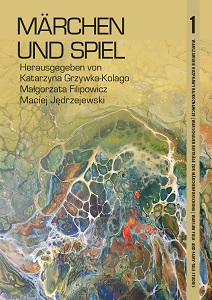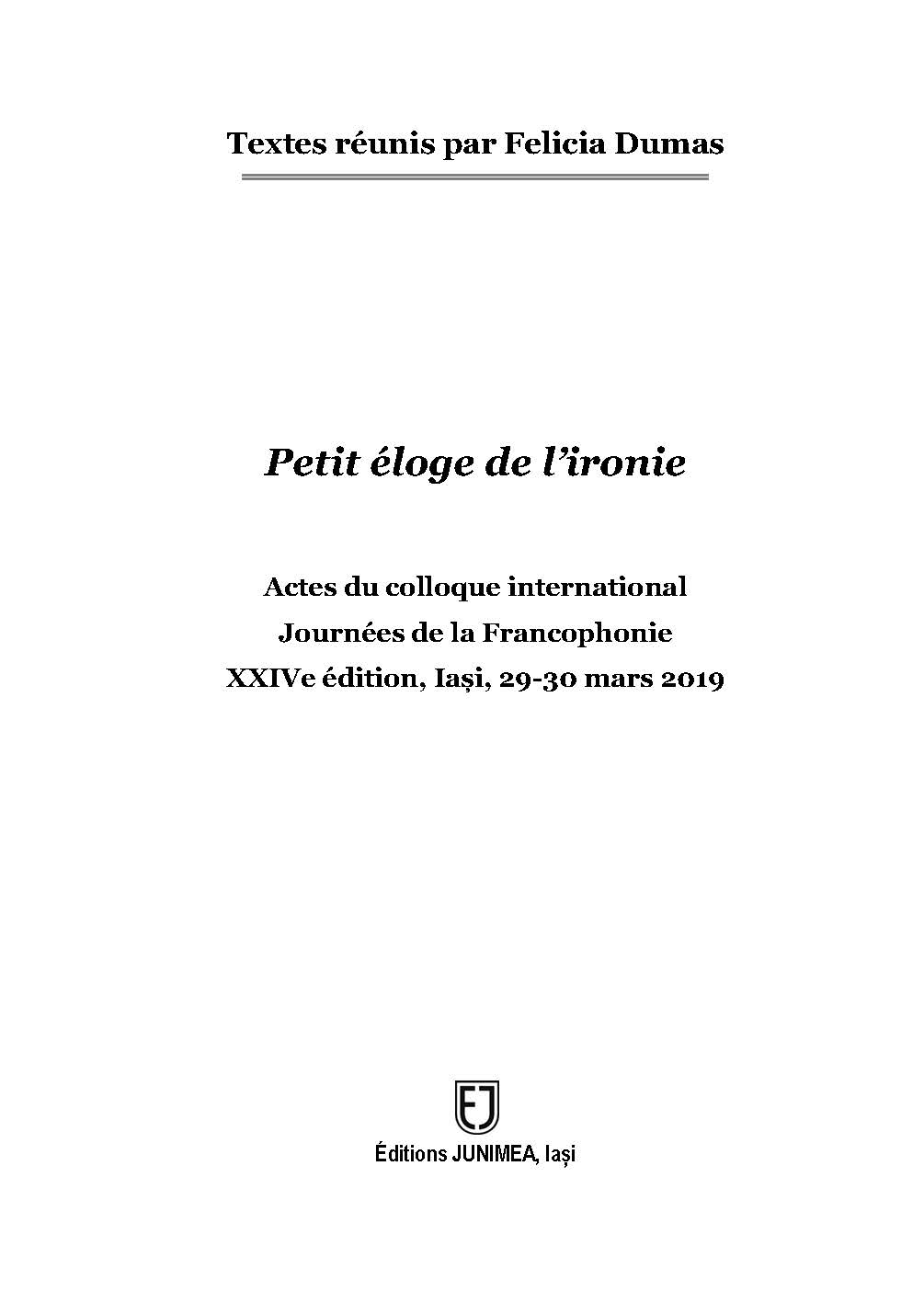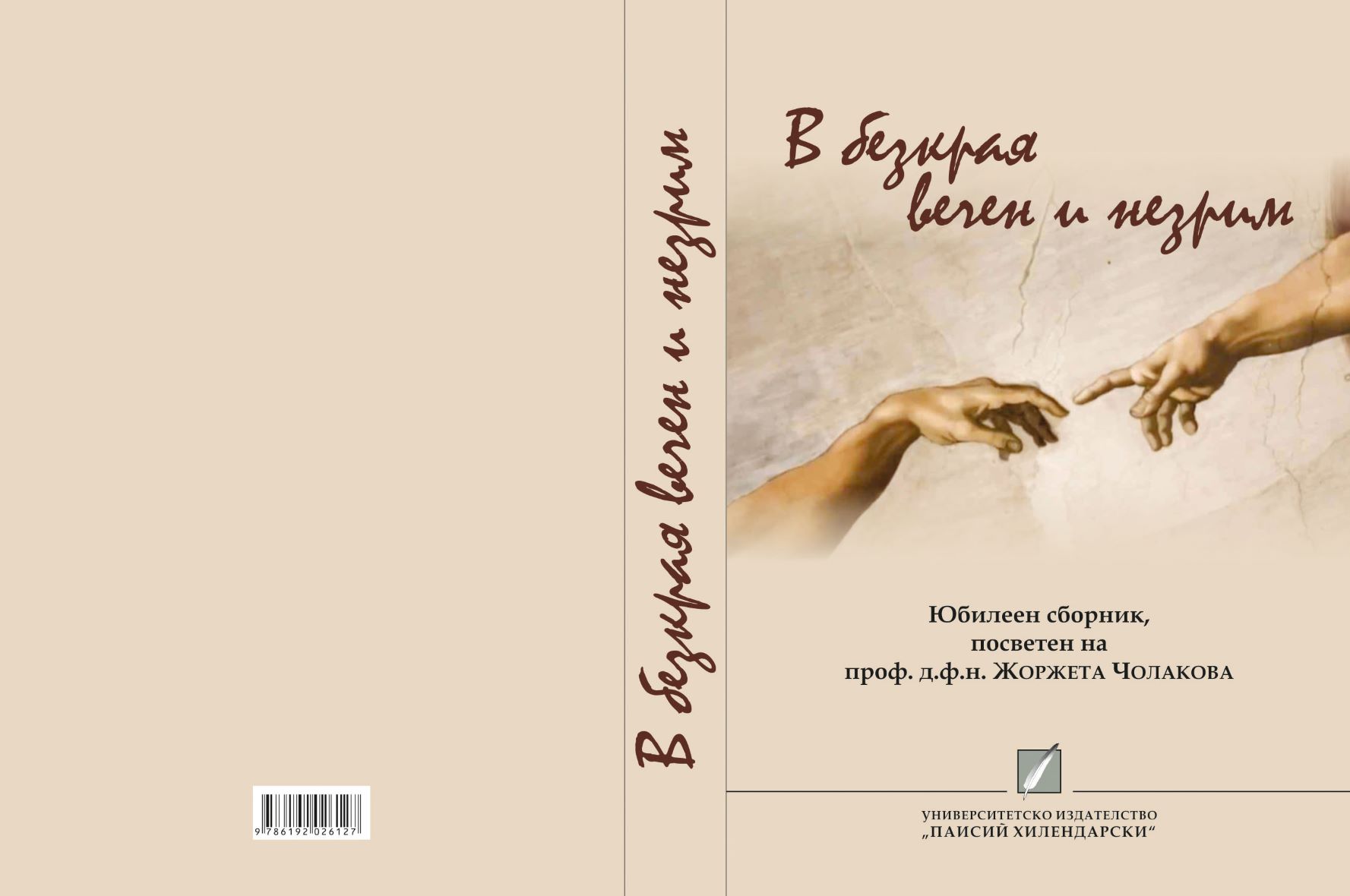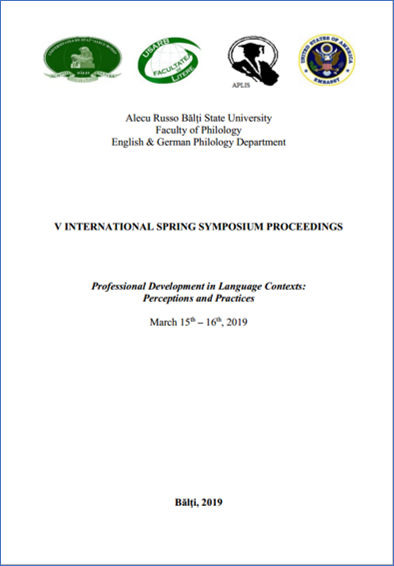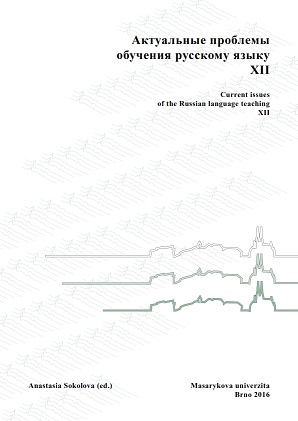
«Чувство звёздного неба» и «налёт патины»: авторское заполнение языковых лакун в сфере внутреннего мира человека
In national cultures rich in fiction, like the Russian and English cultures, there is a layer of literary descriptions of such mental phenomena as feelings, states of mind, different ways of thinking etc., for which a national language has no well-known brief (single-word or idiomatic) names. These descriptions of individual experience are open to a reader’s understanding and can be memorized due to their figurativeness and to the use of metaphor as a means of thinking, and if an author gives the described phenomena brief names, they may become part of the national lexicon as well; in this case an author’s individual concept can become national. Taking into account the present interest of linguoculturology in language lacunae and in words with no direct equivalents in other languages, we suggest an operational term ‘an individually felt language lacuna’ to denote the absence of a brief conventional name for a phenomenon of great personal value; filling of such lacunae is a well-known detail of a writer’s work. The article considers examples of representation of authors’ individual concepts from works by Osip Mandelstam, Vladimir Nabokov, Joseph Brodsky, John Fowles, Viktor Pelevin (the names are listed here in the chronological order of their works under study).
More...
